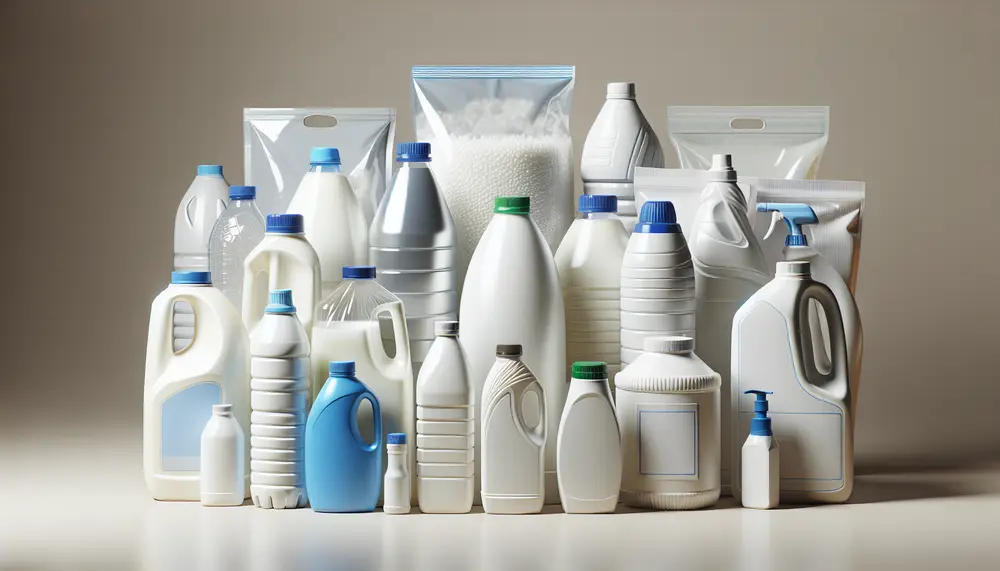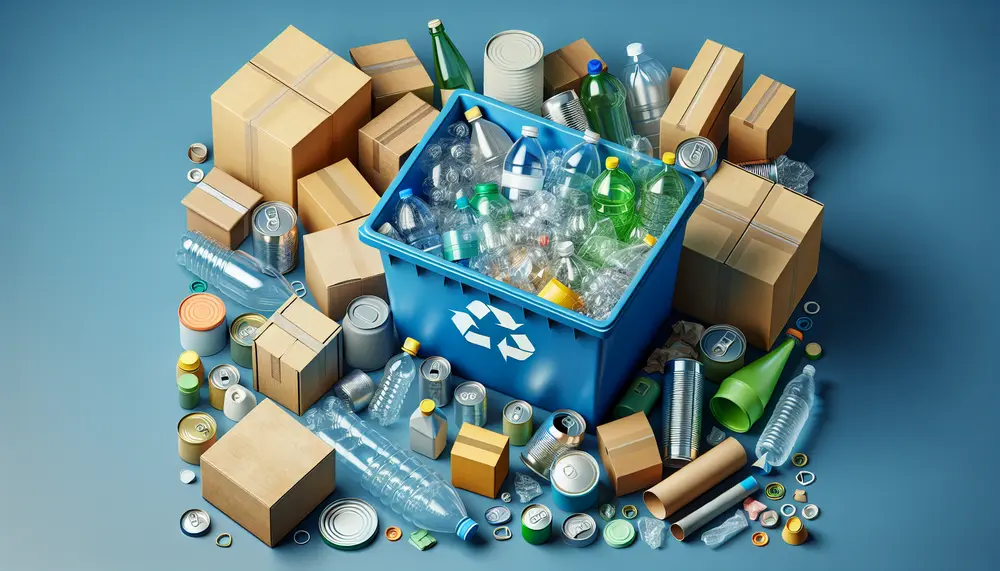Labeling Techniques
Labeling Techniques
Labeling Techniques
In the world of packaging, labeling techniques play a crucial role. Labels provide essential information about the product, such as its name, ingredients, and expiration date. Understanding different labeling techniques can help you choose the best method for your packaging needs.
Pressure-Sensitive Labels
Pressure-sensitive labels are the most common type. They have an adhesive backing that sticks to the surface when pressure is applied. These labels are versatile and can be used on various materials like plastic, glass, and metal.
Heat-Shrink Labels
Heat-shrink labels are made from a plastic film that shrinks when heated. This technique is ideal for products with unique shapes. The label conforms to the product's contours, providing a seamless look.
In-Mold Labeling
In-mold labeling involves placing a label inside a mold before adding the packaging material. When the material is injected, it fuses with the label. This method is often used for plastic containers and offers a durable, high-quality finish.
Direct Thermal Printing
Direct thermal printing uses heat-sensitive paper that darkens when exposed to heat. This technique is cost-effective and suitable for short-term labeling needs, such as shipping labels.
Thermal Transfer Printing
Thermal transfer printing uses a heated ribbon to transfer ink onto the label. This method produces durable labels that can withstand harsh conditions. It's commonly used for barcodes and product identification.
Conclusion
Choosing the right labeling technique depends on your product and packaging requirements. Each method has its own advantages and applications. By understanding these techniques, you can ensure your labels are both functional and attractive.
Blog Posts with the term: Labeling Techniques

High-Density Polyethylene (HDPE) is a durable, versatile thermoplastic with a high strength-to-density ratio used in packaging, construction, and various other applications due to its resistance to impact and chemicals. HDPE's production involves polymerization of ethylene gas using different methods that...

The Packaging and Packaging Waste Regulation (PPWR) aims to mitigate the environmental impact of packaging by enforcing standards for reduction, reuse, and recycling. It requires stakeholders in the packaging industry to comply with regulations that promote a circular economy and...

EU regulations significantly influence the packaging industry, ensuring high standards and environmental protection by mandating sustainable materials, recycling capabilities, and labeling. These rules foster a circular economy and innovation but require businesses to adapt their strategies for compliance. The EU's regulatory...
